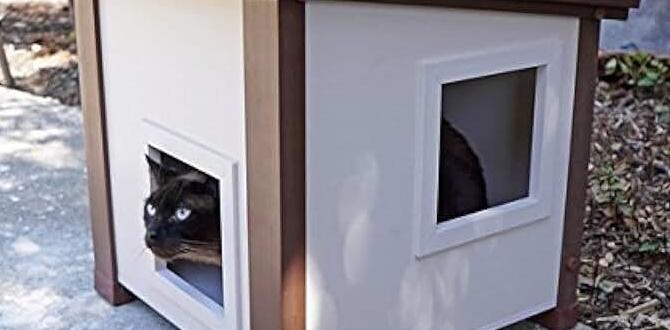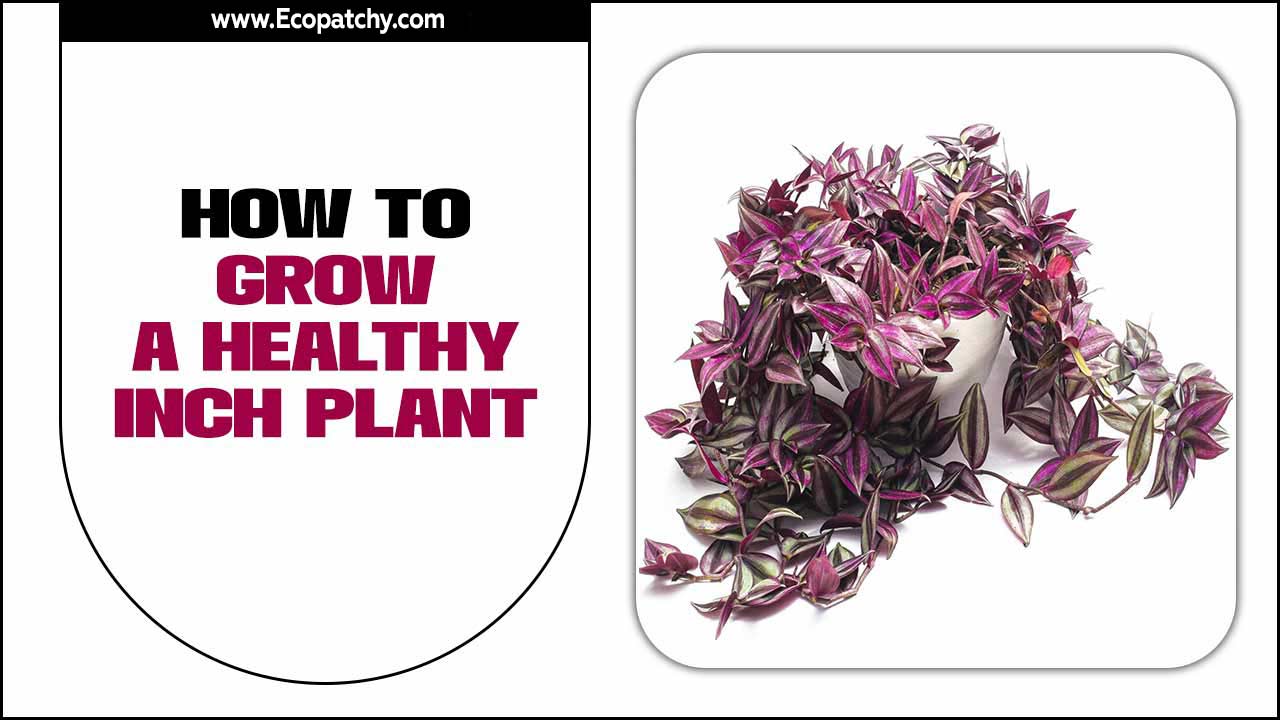Have you ever wanted to grow your own food? Imagine stepping outside to pick fresh veggies for dinner. Veggie gardening for beginners can make that dream a reality. Starting a garden might seem hard, but it’s actually easier than you think.
Many people find joy in planting seeds and watching them grow. Did you know that even a small balcony can become a veggie paradise? You can grow tomatoes, cucumbers, and herbs with just a few pots. Every time you harvest, you feel proud of your hard work.
What if I told you that gardening can also help you relax? Studies show that spending time in nature is good for your health. So why not help your body and mind while growing delicious food? Let’s dig into the world of veggie gardening for beginners and discover how fun it can be!
A Complete Guide To Veggie Gardening For Beginners
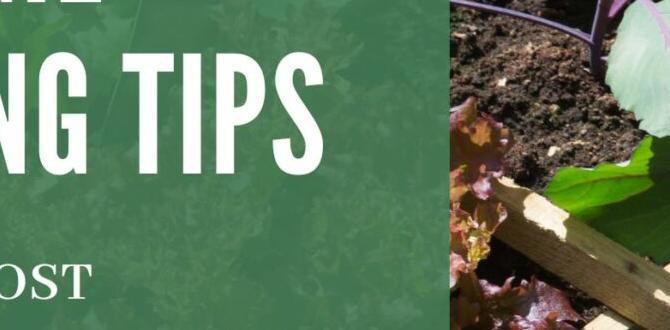
Veggie Gardening for Beginners
Starting a veggie garden can be exciting and rewarding. You can grow tasty tomatoes, crunchy carrots, and fresh lettuce right at home. Did you know that gardening can help you relax? To get started, pick a sunny spot and choose easy-to-grow seeds. Water your plants regularly and watch them thrive. It’s like magic! You’ll learn about patience and responsibility while enjoying the fruits—or veggies—of your labor. Dive into the green world of gardening today!Understanding the Basics of Vegetable Gardening
Definition and importance of veggie gardening. Benefits of growing your own vegetables.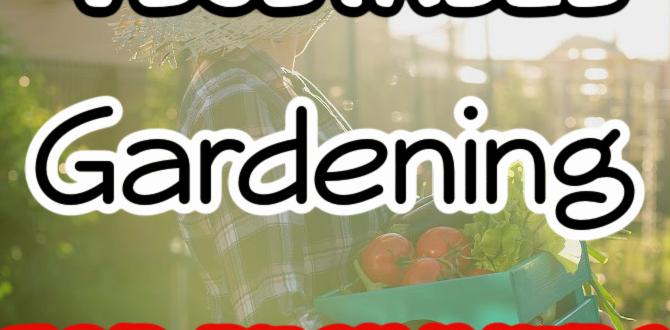
Vegetable gardening means growing your own plants to eat. It’s important because it connects you to nature and offers fresh foods. When you grow your own veggies, you get to choose what you want. Plus, it’s cheaper than buying at the store. Did you know that you can save about $500 a year by growing your own produce? That’s enough for a lot of pizza nights! Here’s a small table of benefits:
| Benefit | Description |
|---|---|
| Freshness | Your veggies will taste better. |
| Health | Homegrown food has more nutrients. |
| Fun | Gardening can be really relaxing! |
Give veggie gardening a try. You might end up with a green thumb and a tummy full of yummy veggies!
Choosing the Right Location for Your Garden
Sunlight requirements for vegetables. Soil quality and drainage considerations.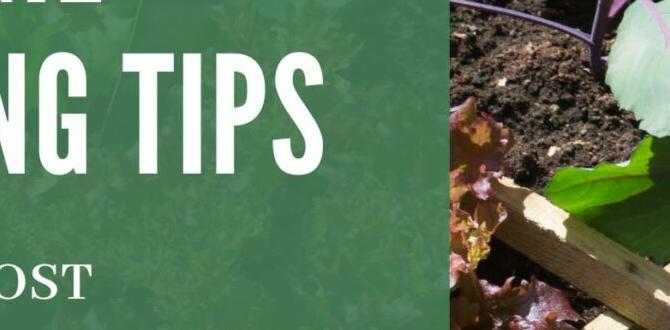
Plants need sunlight to grow strong. Most vegetables thrive in at least 6 to 8 hours of sunlight each day. Check your yard for sunny spots before planting. Good soil is equally important. Soil should be rich in nutrients and drain well. If water collects after rain, it might lead to root rot. Test your soil to see its quality and make improvements. Healthy plants start with the right place.
What do I need for good garden soil?
Good garden soil needs to be rich in nutrients, well-drained, and have a balanced pH. Test your soil to check these qualities.
Soil Quality Tips:
- Add compost to enhance nutrients.
- Use mulch to help retain moisture.
Essential Tools for Beginners
Basic gardening tools you need. Optional tools that can make gardening easier.
Gardening can be fun and rewarding! To start, you need some basic tools. These make planting and caring for your veggies easier. Here’s what you’ll need:
- Gloves: Protect your hands.
- Shears: Help cut plants and weeds.
- Spade: Great for digging.
- Rake: Useful for leveling soil.
Some optional tools can be helpful too:
- Watering can: For gentle watering.
- Garden fork: To aerate soil.
- Trowel: Perfect for small digging tasks.
Having these tools can make your veggie gardening journey smooth and fun!
What are the basic tools needed for veggie gardening?
The basic tools include gloves, shears, spade, and rake. These tools help you with planting and maintaining your garden easily.
Selecting Vegetables to Grow
Best beginnerfriendly vegetables. Seasonal considerations for planting.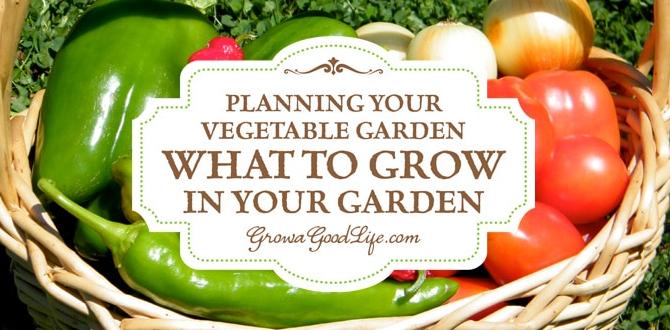
Choosing the right veggies makes gardening fun. Some of the best choices for beginners are radishes, carrots, and lettuce. They grow quickly and happily, just like a dog chasing its tail! Think about the seasons, too. Cool-weather crops like spinach do well in spring and fall. Hot peppers prefer the summer sun, while tomatoes are like that one friend who loves to party in all seasons! Check out this handy table:
| Vegetable | Best Season |
|---|---|
| Radishes | Spring/Fall |
| Carrots | Spring/Fall |
| Lettuce | Spring/Fall |
| Tomatoes | Summer |
| Hot Peppers | Summer |
With a bit of planning, you’ll be a gardening superstar in no time!
Preparing Your Garden Bed
Different types of garden beds (inground, raised, containers). Soil preparation and enriching techniques.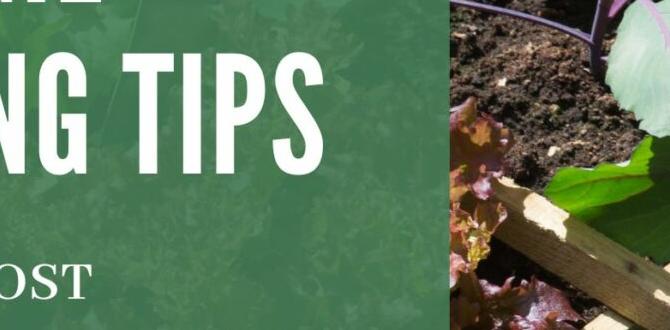
Choosing the right garden bed is like picking the perfect pair of shoes! You can go for inground beds, where your plants dig down into the earth like they’re having a spa day. Or try raised beds, which are great if you want to stay off the weeds and keep your back happy! Containers are perfect for small spaces, just make sure they have holes at the bottom.
Next up, let’s talk about soil. Think of it as your plants’ favorite chocolate cake. Start with good dirt, and then mix in some compost to make it even better. Worms love it, and they’ll invite their friends too! So, no pressure, just be a little earthy.
| Garden Bed Type | Benefits |
|---|---|
| Inground | Natural soil, good for deep roots. |
| Raised | Easier to control soil quality and drainage. |
| Containers | Portable and perfect for small spaces. |
Planting Techniques and Timing
Seed vs. transplanting: pros and cons. When to plant different vegetable varieties.
Starting your veggie garden? Choose how to plant wisely! You can use seeds or small plants known as transplants. Each method has its perks. Seeds are cheap and give you more variety, but they take longer to grow. Transplants grow faster and give quick results, but they cost more. Timing matters, too. Here’s a simple guide:
- Spring crops like peas: Plant in early spring.
- Summer crops like tomatoes: Plant after the last frost.
- Fall crops like carrots: Plant late summer for fall harvest.
These steps help you know when to plant and what to choose. Happy gardening!
When should I plant my vegetables?
You should plant vegetables in spring after the frost, or in late summer for fall crops. Timing makes a big difference in how well they grow!
Maintaining Your Vegetable Garden
Watering techniques and schedules. Weeding, mulching, and pest control strategies.Keeping your veggie garden thriving is like giving a pet some TLC (Tender Loving Care). First, let’s talk about watering. It’s best to water your plants in the morning, so they don’t go thirsty for long. Try to soak the soil, not just the leaves. Weeding is your next mission; think of them as garden ninjas stealing food from your veggies! Remove them often to help your plants grow strong. Mulching? It’s like a cozy blanket for your soil, keeping it warm and moist. Lastly, keep an eye out for pesky bugs; they can ruin your harvest! Use natural sprays or even invite helpful insects over for a garden party!
| Task | Best Time/Frequency |
|---|---|
| Watering | Morning, 2-3 times a week |
| Weeding | Once a week |
| Mulching | Every season |
| Pest Control | As needed, check weekly |
Harvesting Your Vegetables
Signs of readiness for harvest. Best practices for harvesting to ensure regrowth.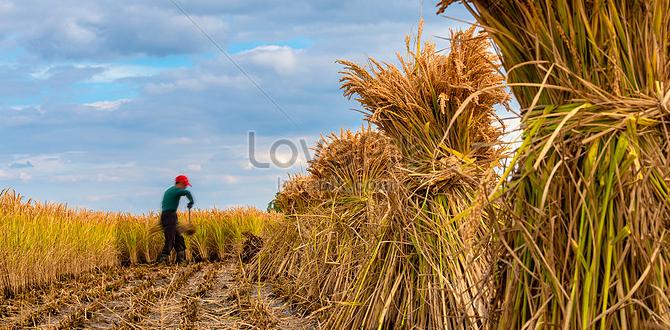
Knowing when to pick your vegetables is key to a great garden. Look for signs like color and size. For example, ripe tomatoes are bright red. Crunchy cucumbers should be firm and green. Harvest at the right time to enjoy fresh flavor!
To help your plants grow back, follow these tips:
- Use sharp scissors or garden shears.
- Only take a few leaves or fruits at a time.
- Avoid damaging the stems.
With careful harvesting, your garden can keep producing!
How do I know when to harvest my vegetables?
Check for color and size. Taste a bit if you aren’t sure. This helps you pick at the right time.
Common Mistakes to Avoid
Pitfalls that new gardeners often encounter. Tips for troubleshooting and problemsolving.Many new gardeners make the same mistakes. It’s important to learn from them. Here are some common pitfalls:
- Skipping soil testing can lead to unhealthy plants.
- Overwatering can drown roots.
- Planting too closely can cause competition for nutrients.
- Ignoring pests can ruin your crops.
To troubleshoot, check soil moisture regularly. Use mulch to keep the soil moist. If you spot pests, try natural remedies like soap or neem oil. Remember, even the best gardeners learn as they go!
What should beginners know about veggie gardening?
Beginners should learn basic plant needs, season timing, and how to spot common issues.
Resources and Further Learning
Recommended books and online resources. Local gardening clubs and community support options.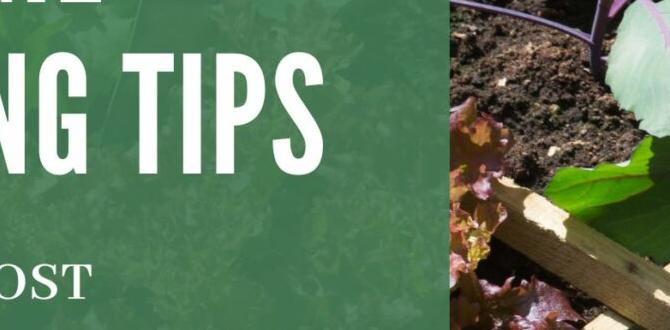
Learning more about veggie gardening can help you grow your skills. Check out these great resources:
- Books: Look for titles like “The Vegetable Gardener’s Bible” or “Square Foot Gardening.” They offer tips for beginners.
- Online Resources: Websites like the USDA and gardening blogs can be helpful. They share advice and videos.
- Local Clubs: Join a gardening club in your area. You can meet others and learn together.
- Community Support: Some places have community gardens. You can grow plants while making friends!
What are some good books for beginner veggie gardening?
Good picks include The Vegetable Gardener’s Bible and Square Foot Gardening. Both have easy steps and helpful advice.
Conclusion
In conclusion, veggie gardening for beginners is fun and rewarding. Start small and choose easy plants like tomatoes or lettuce. Use good soil and water regularly. Don’t be afraid to make mistakes; that’s part of learning! We can grow healthy food and enjoy nature. For more tips, read beginner gardening books or visit local gardening websites. Happy planting!FAQs
Sure! Here Are Five Related Questions On Veggie Gardening For Beginners:Sure! Here are some beginner tips for veggie gardening. First, choose a sunny spot in your yard. Next, use good soil to help your plants grow. Remember to water them regularly. Finally, be patient and have fun watching your veggies grow!
Sure! Please provide the question you would like me to answer.
What Are The Best Vegetables To Start With For Beginner Gardeners?If you’re a beginner gardener, start with easy vegetables. Carrots, radishes, and lettuce grow quickly and need little care. You can also try potatoes and green beans. These veggies are fun to grow and taste great to eat!
How Can I Determine The Right Amount Of Sunlight And Water My Vegetable Garden Needs?To find the right amount of sunlight for your garden, watch your plants. Most vegetables need about 6 to 8 hours of direct sunlight each day. For water, check the soil. Stick your finger into the soil; if it feels dry, it’s time to water. Remember to water deeply once or twice a week, not every day. Always pay attention to how your plants look!
What Type Of Soil Is Ideal For Growing Vegetables, And How Can I Improve It If Necessary?The best soil for growing vegetables is loamy soil. It is a mix of sand, silt, and clay, which helps plants breathe and hold water. If your soil is too hard or has too much clay, you can improve it by adding compost. Compost is made from decayed plants and kitchen scraps. It gives the soil nutrients and makes it better for growing vegetables.
How Do I Manage Pests And Diseases In My Veggie Garden Without Using Harsh Chemicals?To manage pests and diseases in your veggie garden, you can use natural ways. Plant flowers that attract helpful insects. These insects can eat the bad pests for you. You can also spray a mix of water and soap on your plants to keep bugs away. Make sure to check your plants often and remove any sick leaves or bugs by hand.
What Are Some Effective Planting And Harvesting Techniques To Maximize Yield In A Small Garden Space?To get the most from a small garden, use these tips. First, plant seedlings closer together to save space. Next, try different plants in the same area, called companion planting. This helps them grow better together. When it’s time to harvest, pick your fruits and vegetables regularly. This lets more grow back!





